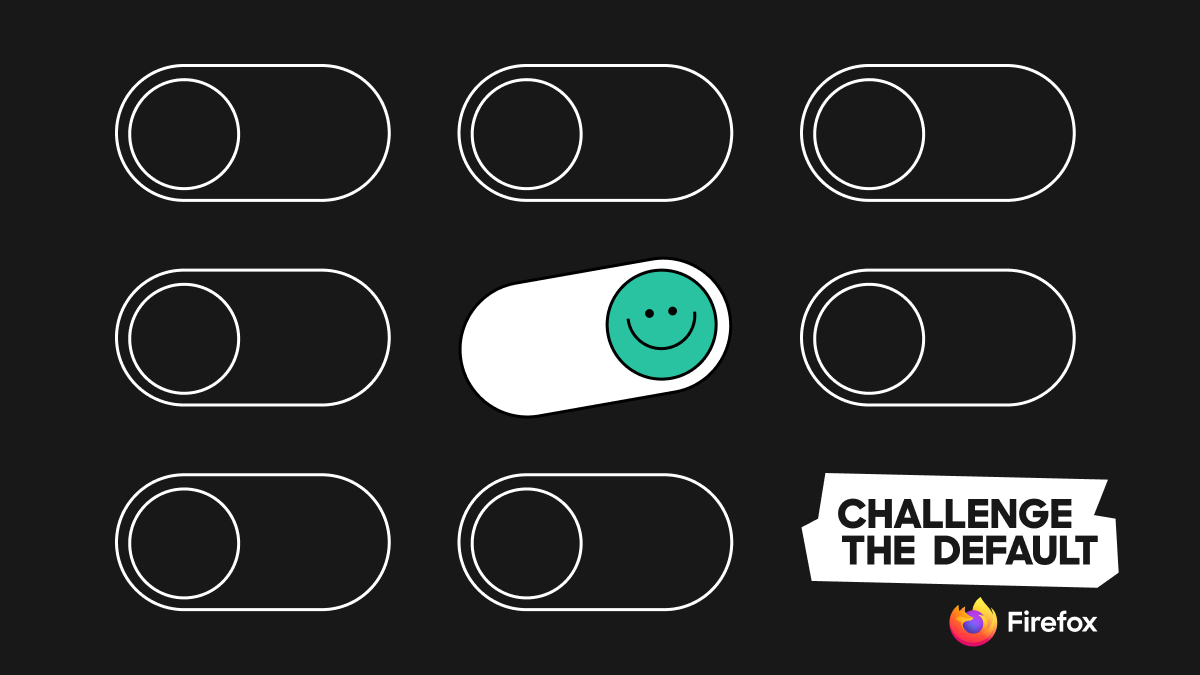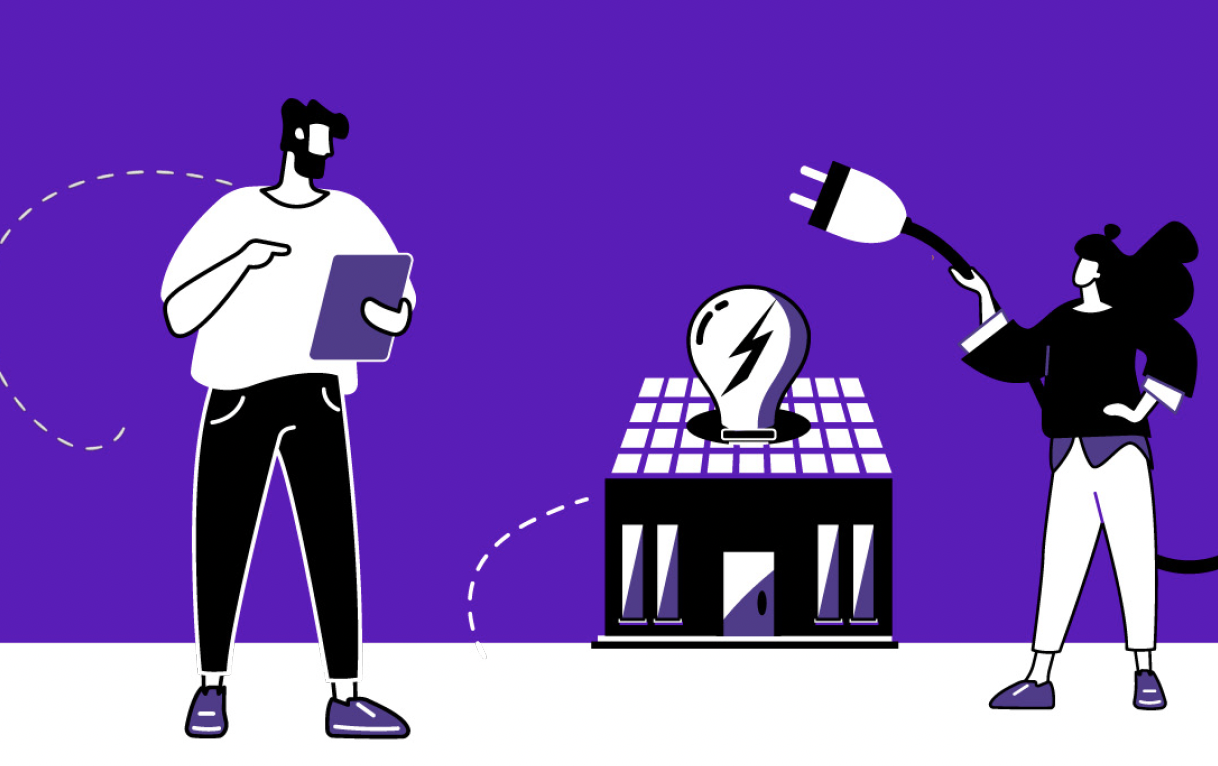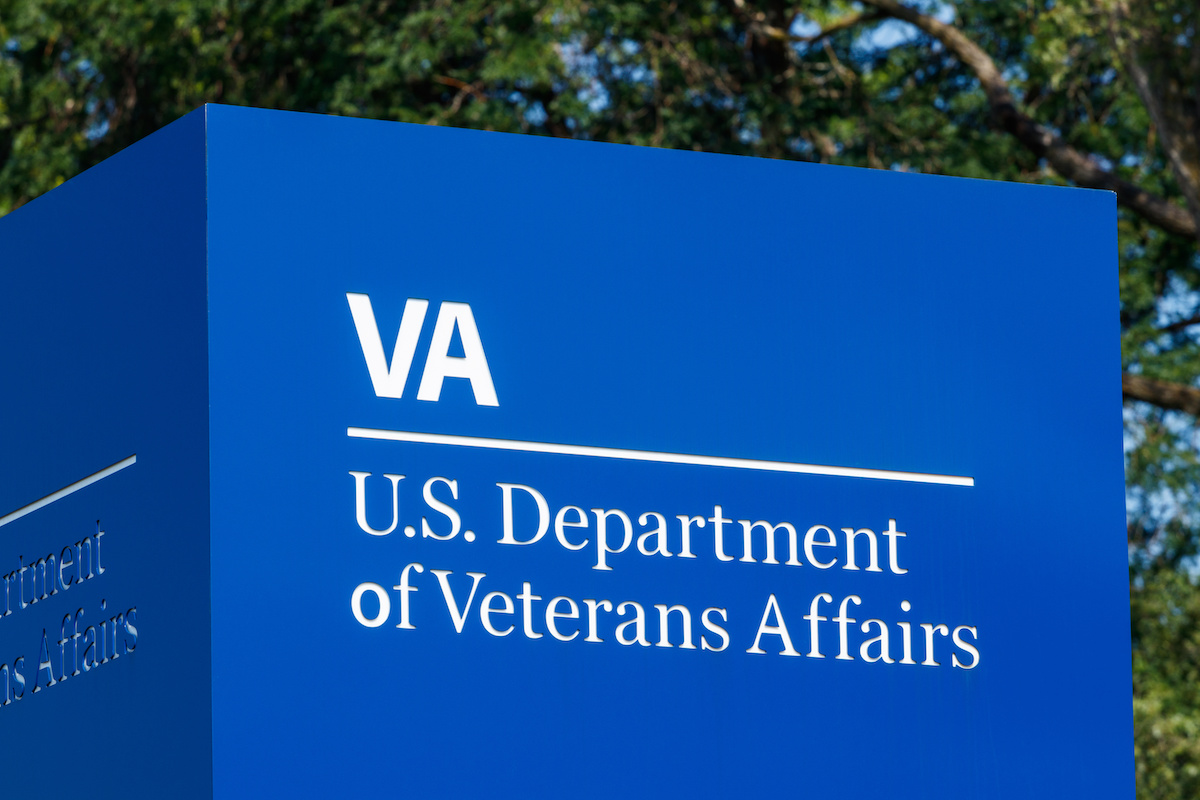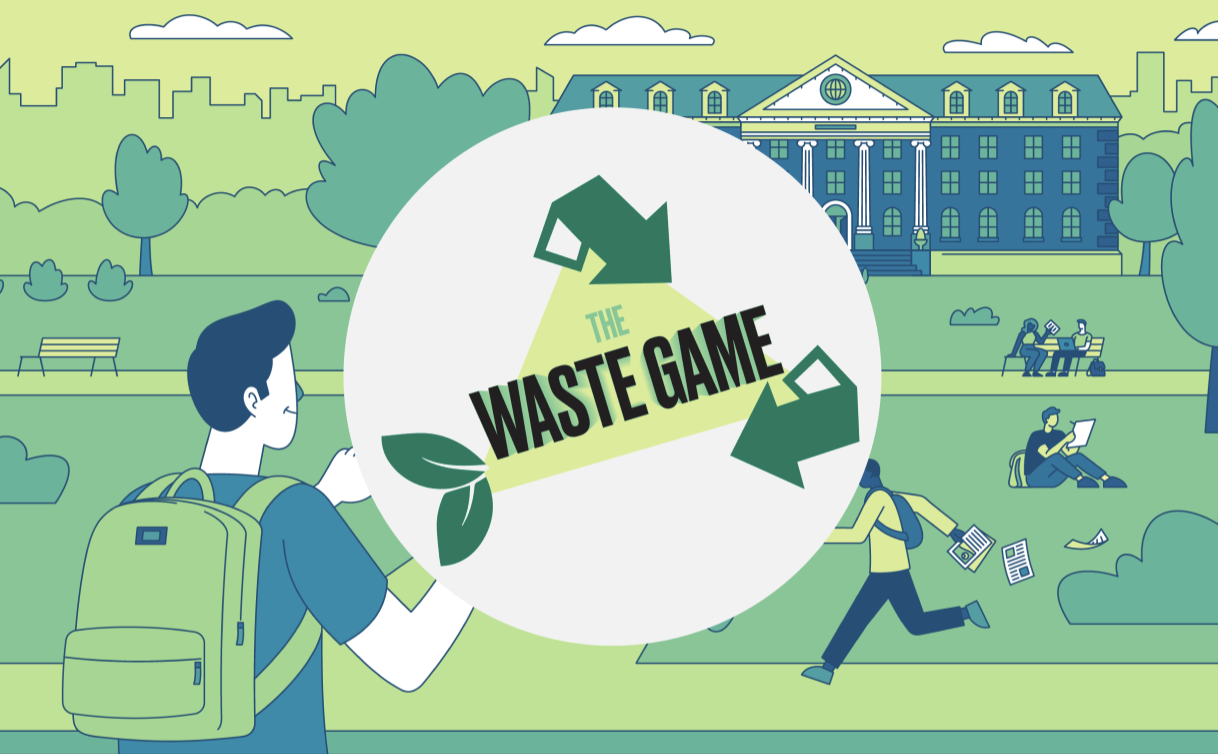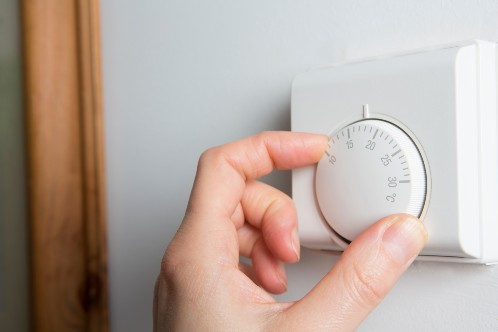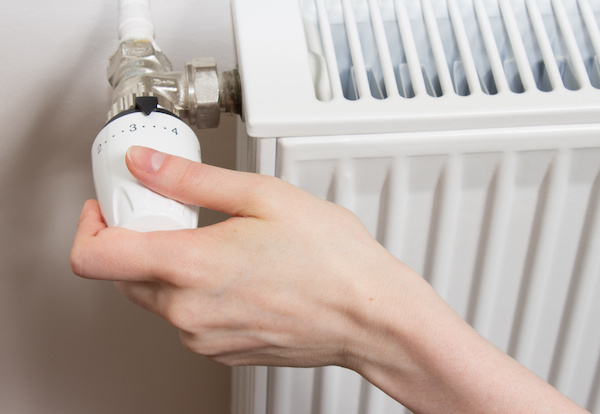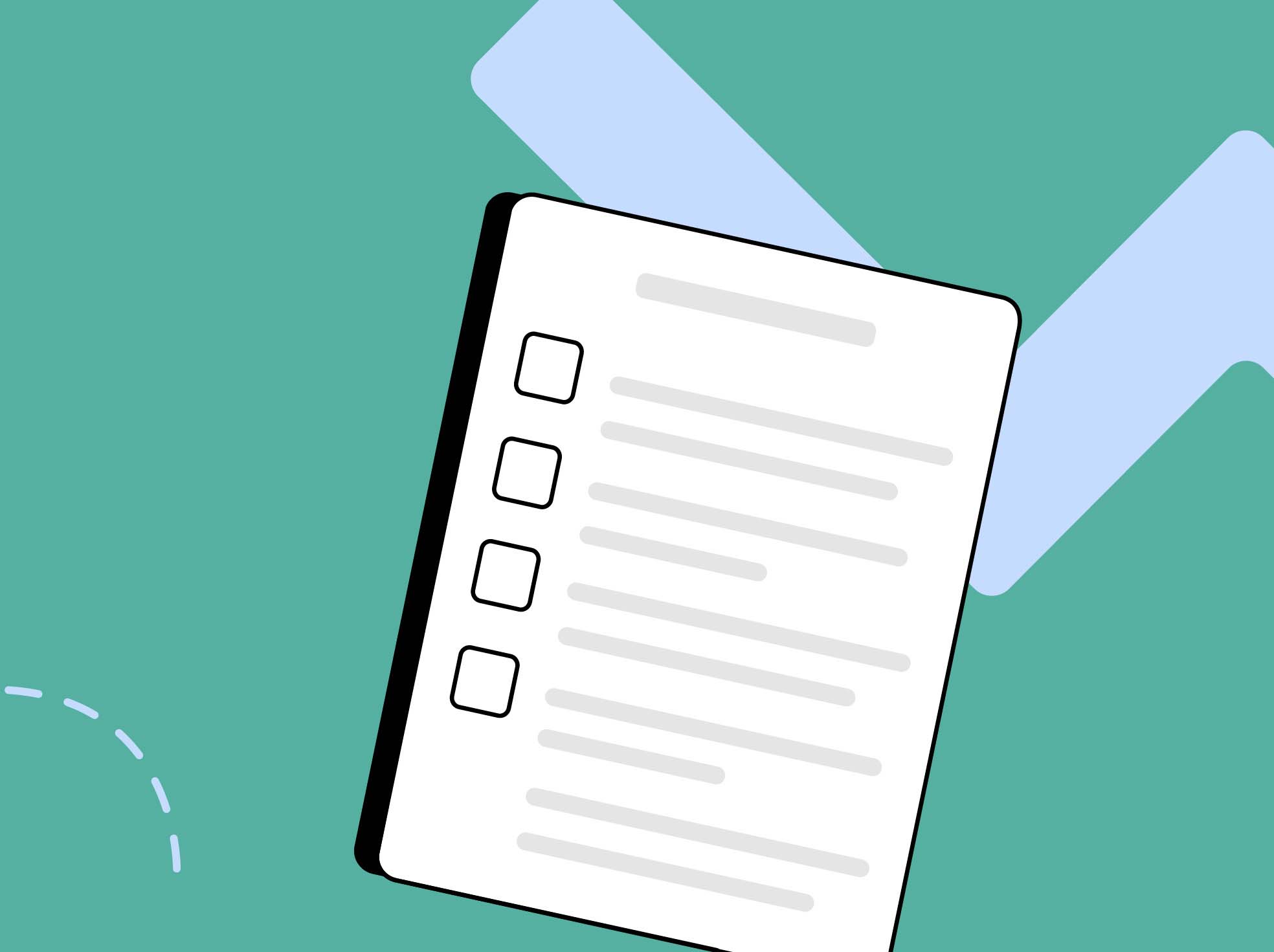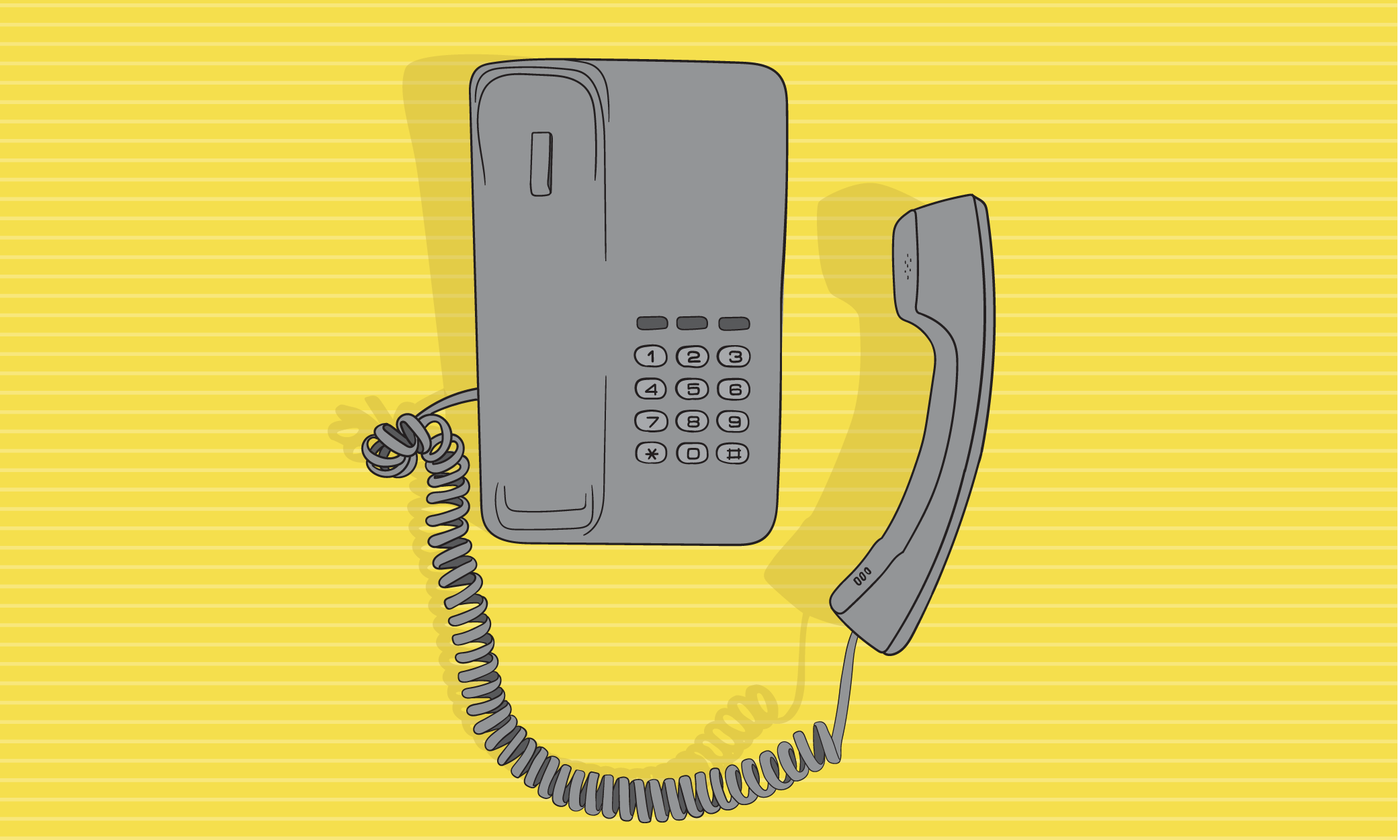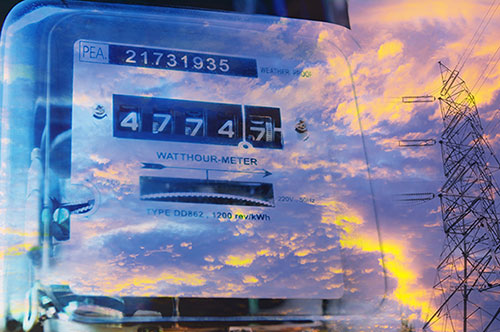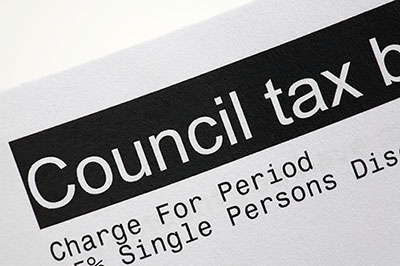Utilities
Increasing consumer benefits and engagement in AMI-based water conservation programs
2022
PARTNERS
American Water Works Association (AWWA)
Share
Summary: We worked with American Water Works Association (AWWA) to help three water utilities test communications to increase sign-ups and engagement with smart water portals, and to assess how the portals affect household water use.
With the provision of near real-time consumption data and personalised feedback, Advanced Metering Infrastructure (AMI)–also commonly referred to as smart metres–can potentially help consumers achieve significant water savings. Central to this is the use of smart water portals that allow customers to monitor their water usage. However, many US water utilities continue to face difficulties in getting customers to sign up for and engage with their portals while they move toward full AMI deployment.
In collaboration with AWWA, we worked with three US water utilities, namely Mount Pleasant Waterworks, City of Bend, and City of Gainesville, to test ways we could encourage their customers to sign up for smart water portals. In doing so, we were also able to test whether using the portals indeed helped people conserve water in their homes.
Increasing customer engagement with smart water portals
We helped the utilities redesign their existing emails that encourage customers to sign up for the portals. Tapping into different behavioural science concepts, we created four new email copies. To rigorously evaluate the impact of the emails on sign-up rates for the portals, we designed and implemented a randomised controlled trial (RCT) in which customers were randomly assigned to receive either one of the new versions of the communications or no communication at all.
Our redesigned emails ranged from a simplified communication about smart water portals and new versions that included a dynamic norm statement (which frames signing up for the portal as an act of joining many others who have already done so) or a loss-framed message (which presents portal features as benefits the customer is missing out on), to a communication that emphasised the opportunity of winning a $100 bill credit for signing up. All of the emails included the portal registration link and briefly explained the benefits of the AMI portal.
We found that the simple act of sending two emails (one invitation and one reminder to sign up for the portals) is very effective. When compared to the control group who did not receive any communication, the emails led to at least an 109% increase in sign-ups among customers who received the emails. Interestingly, all of the communication designs we tested, except for the dynamic norm version, performed equally well in our contexts. This suggests that receiving a call to action was in general more important than the precise wording of the communication in encouraging portal registrations.
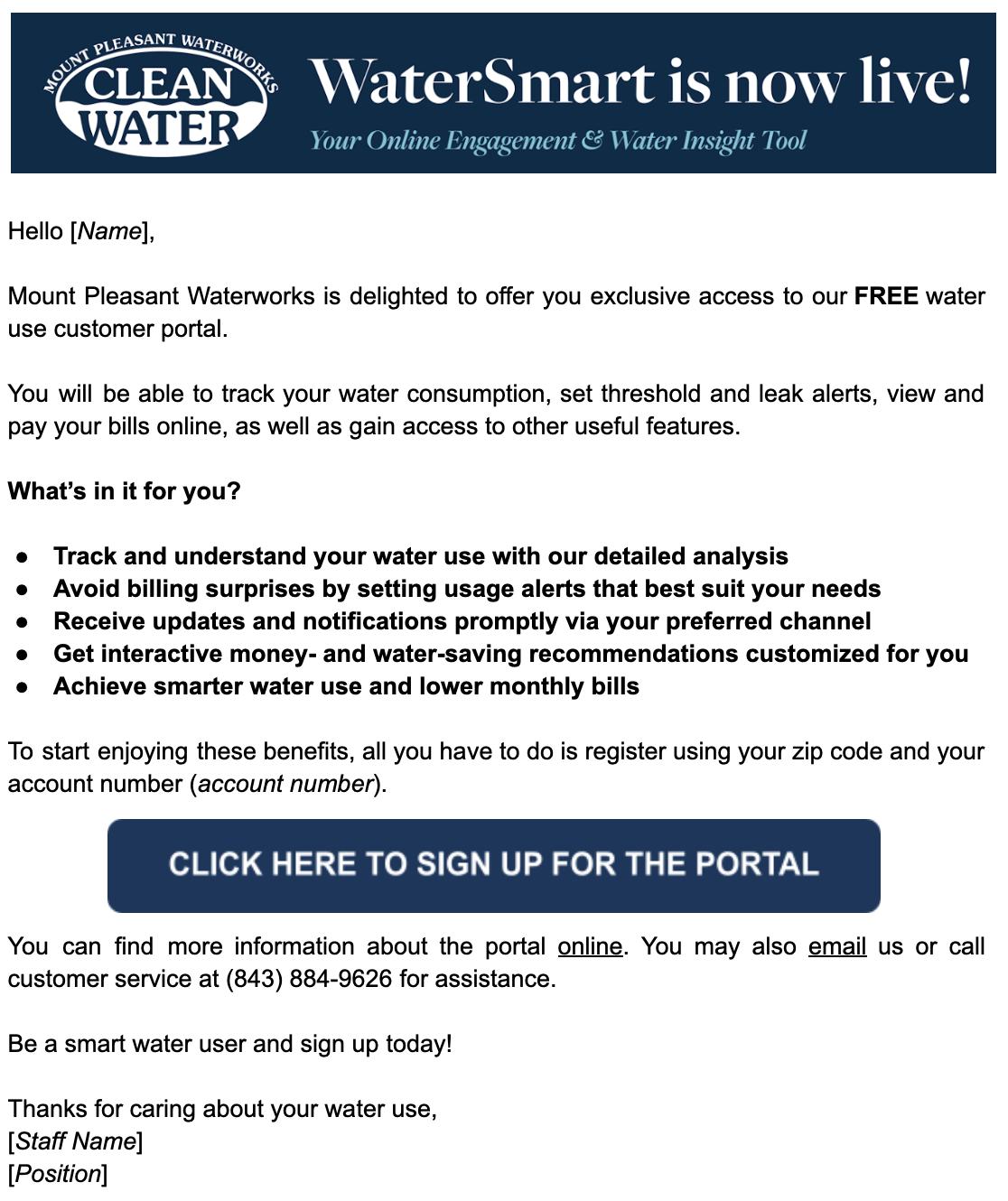
Did the portals actually help lower water consumption?
We found suggestive evidence that smart water portals may encourage water savings. Specifically, signing up for the portal resulted in a reduction of 5 to 9 gallons in daily water consumption (a 6 to 12% change). However, this result should be interpreted with caution – our ability to detect the effect was limited by the fact that water consumption data is available only for one utility and the identified effect was not statistically significant. Further research that includes a larger sample of customers is required to achieve the sample size needed to detect this type of effect. For future studies, it would be helpful to also investigate the level of engagement with the portal for those who signed up. For example, it is important to assess whether those who signed up actually ended up logging in and using the portal features.
Overall, this trial shows that behaviorally-informed communications can be used to effectively and positively influence customer behaviour. Importantly, the interventions can and should be evaluated using randomised controlled trials so that utilities can continue making evidence-based decisions that are informed by robust evidence.



